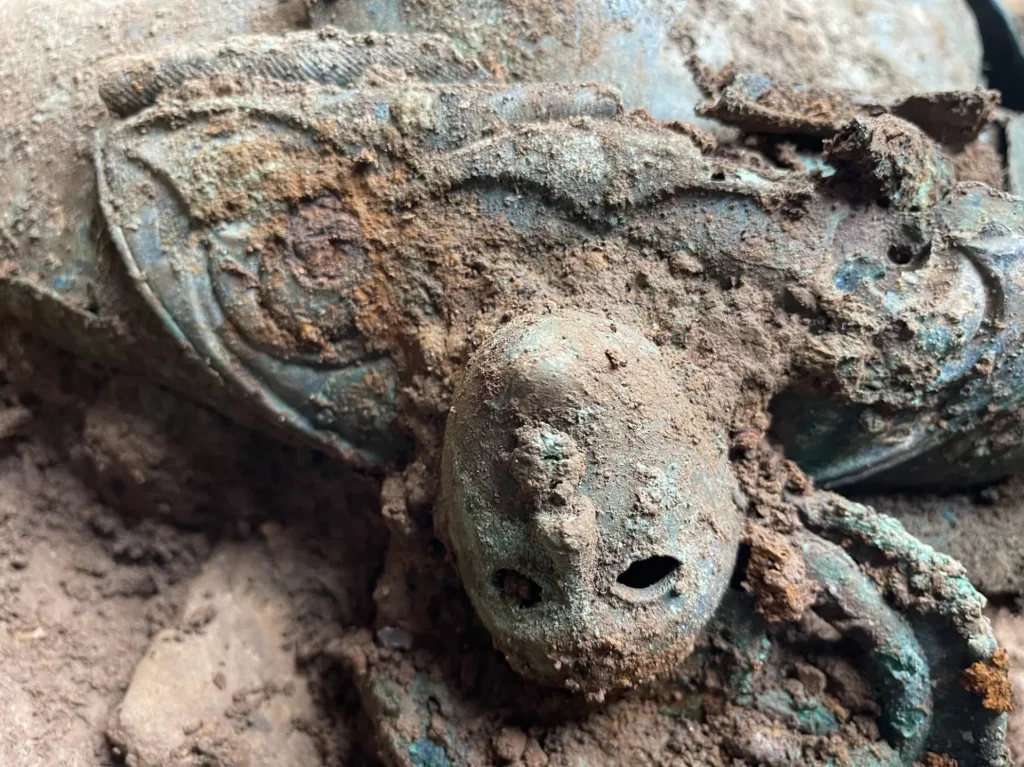
Archaeologists Unearth One of Britain’s Largest and Most Significant Iron Age Hoards
An extraordinary discovery near the village of Melsonby in North Yorkshire, England, is poised to rewrite Iron Age history. The Melsonby Hoard, dated to approximately 2,000 years ago, contains over 800 objects that have thrilled archaeologists and history enthusiasts alike.
What’s Inside the Melsonby Hoard?
This unique hoard includes a rich and diverse collection of artifacts, suggesting they belonged to the elite of that era:
- Chariot and Wagon Parts: These pieces shed light on the transportation methods of the time, allowing us to understand technological advancements in the Iron Age.
- 28 Iron Wheel Tires: These tires provide important clues about wheel construction and usage during that period.
- Ceremonial and Everyday Objects: Items such as a wine-mixing cauldron, bowls, ornate horse harnesses, reins, and ceremonial spears offer insights into the social and cultural life of the time.
- Jewel-Adorned Artifacts: Harness pieces adorned with Mediterranean coral and colored glass showcase the wealth and artistic taste of that era.
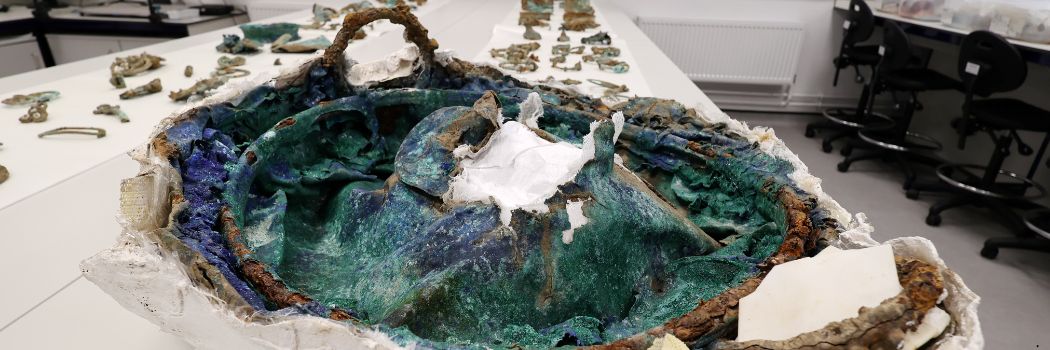
A Symbolic Destruction Ceremony?
Another detail that makes the hoard special is that most of the artifacts were either burned or broken. Archaeologists speculate that this may indicate a ceremony in which people symbolically displayed their wealth and power by destroying objects. The possibility that the artifacts were burned on a funeral pyre is also being considered, but the absence of human remains makes this theory uncertain.
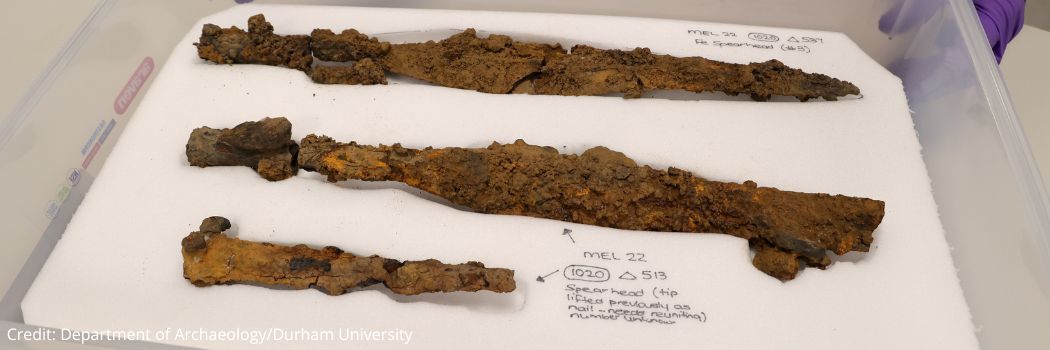
The Discovery’s Importance and Impacts
Professor Tom Moore emphasizes the significance of this discovery: “The person who first owned the material in this hoard was probably part of an elite network across Britain, Europe, and even the Roman world. The destruction of so many high-status objects seen in this hoard is on a scale rarely seen in Iron Age Britain, demonstrating that the elites of northern Britain were as powerful as their southern counterparts.”
The Melsonby Hoard is of extraordinary size and importance for England and even Europe. This discovery may lead to a comprehensive reassessment of how wealth and status were expressed in the Iron Age. It also provides vital information for understanding the nature and use of vehicles during that period.
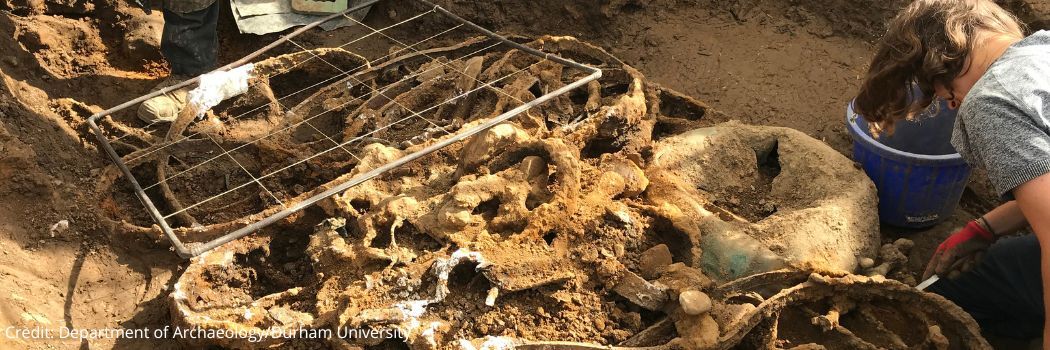
Discovery Process and Conservation Efforts
The hoard was discovered in December 2021 by metal detectorist Peter Heads. Excavations were conducted in 2022 by a team from Durham University’s Department of Archaeology and professional Archaeological Services. The excavations were supported by consultancy from the British Museum and a £120,000 grant from Historic England.
Currently, the artifacts are being preserved at Durham University and prepared for display at the Yorkshire Museum. The Yorkshire Museum will launch a fundraising campaign to conserve and exhibit this unique hoard.
This discovery is considered an important step that will shed light on English history and enrich our knowledge of the Iron Age.
Cover Image: Close up of one of the two mask-like human faces decorating the shoulder of the lidded vessel or cauldron from the Melsonby hoard shown upside down as found during excavation. Credit: Durham University
You may also like
Related posts:
 Archaeologists Discover 5,000-Year-Old Fortress in Romanian Forests with LiDAR Technology
Archaeologists Discover 5,000-Year-Old Fortress in Romanian Forests with LiDAR Technology
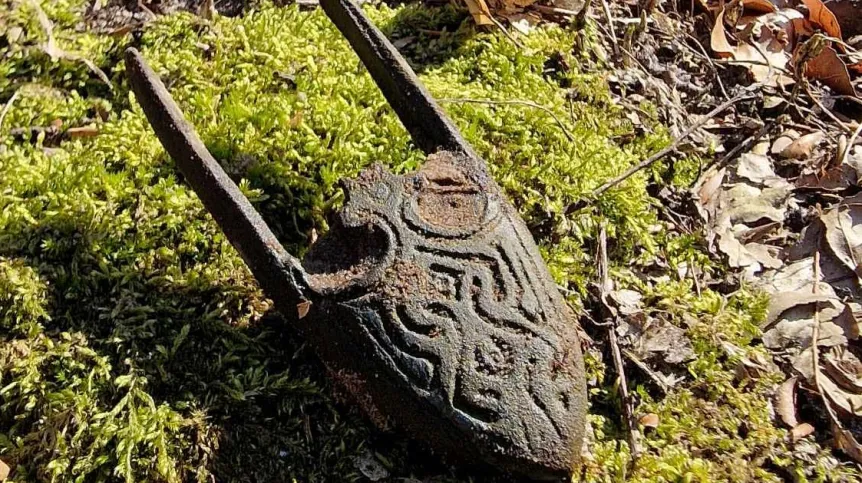 Amateur Metal Detectorist Finds Thousand-Year-Old Sword Sheath in Poland
Amateur Metal Detectorist Finds Thousand-Year-Old Sword Sheath in Poland
 A Unique Tomb Filled with Jewellery was Discovered in A Roman Cemetery Near Wansford
A Unique Tomb Filled with Jewellery was Discovered in A Roman Cemetery Near Wansford
 1100-Year-Old Olive Seeds Discovered in Turkey’s Mediterranean Waters
1100-Year-Old Olive Seeds Discovered in Turkey’s Mediterranean Waters
- The Sacred Sound of Mount Idi: A Bronze Tympanon from the 8th Century BCE
- Exceptionally Preserved Bronze Age Urns Discovered in Germany
- The Eleusinian Mysteries and the Demeter-Kore Relief: A Glimpse into Ancient Sacred Rituals
- “Game[in]g Problems” Exhibition in Elche: Video Games Redefine History
- Excavations at Tell Abu Saifi Reveal Ancient Egypt’s Strategic Eastern Defense Systems
- The World’s First Beauty Contest Took Place on Mount Ida (Kaz Dağları)
- Gruesome Maya Ritual Sacrifices Unearthed in Guatemala’s ‘Cave of Blood’
- Saudi Arabia’s Ancient Rock Inscriptions in Hail Trace the Origins of Arabic Civilization
- The Druid Understanding of the Universe: Cosmic Transformation and the Circular Cycle of Time
- Early Paleolithic Artifacts Unearthed on Iran’s Makran Coast

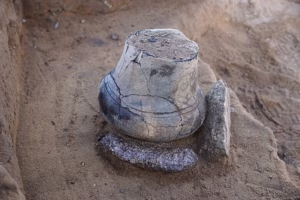

!["Game[in]g Problems" Exhibition in Elche: Video Games Redefine History](http://ancientist.com/wp-content/uploads/2025/05/POSTER_Gameing_Problems_Historytelling-300x300.avif)






Leave a Reply